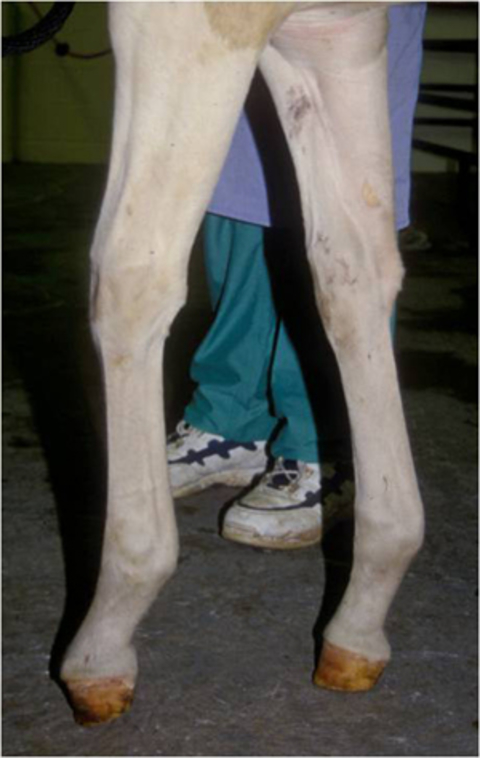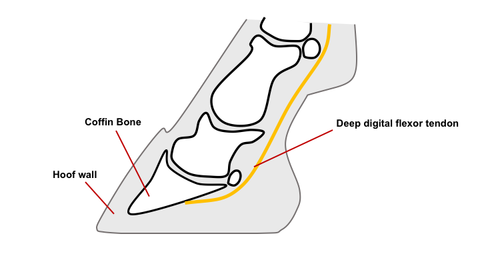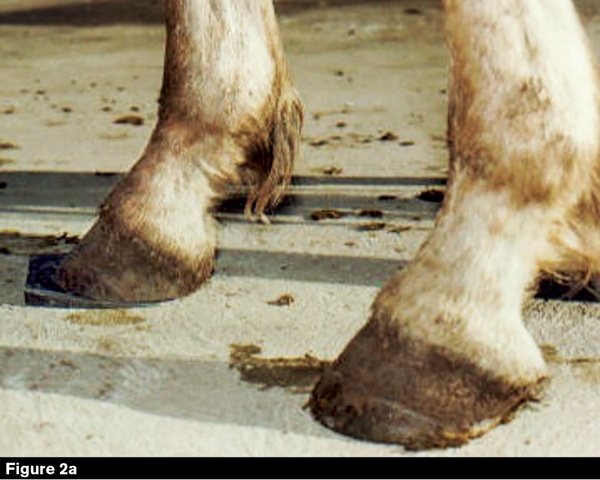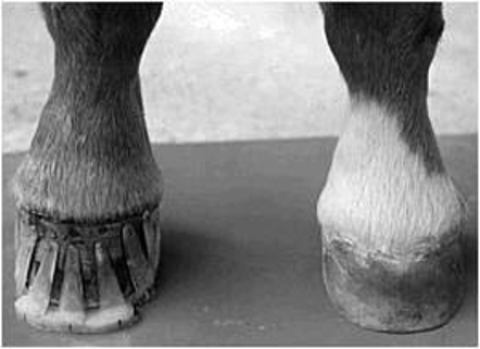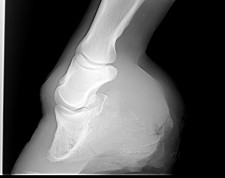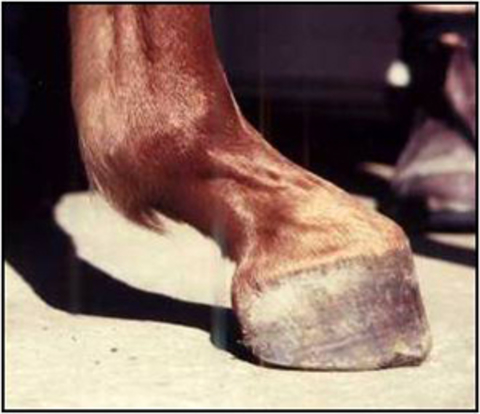club foot horse cause
Often the club foot or feet are secondary to OCD lesions in the shoulder for instance says Burns. Often club foot affects both front legs with one being more severe than the other.

The Importance Of Physical Maturity In The Horse Horsetalk Co Nz
Club foot can occur before or after birth in foals.
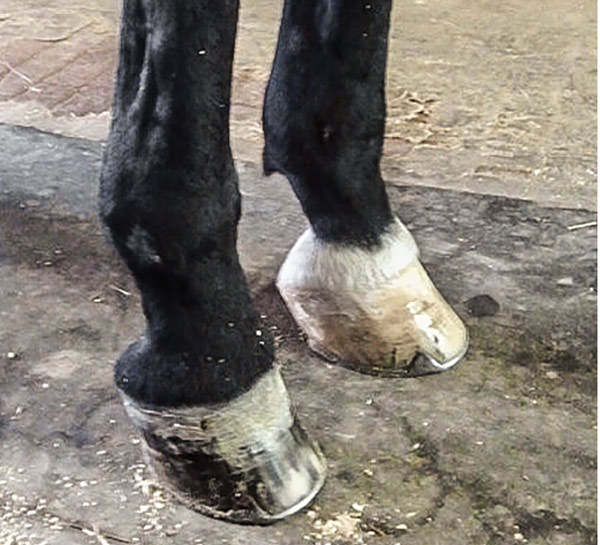
. Causes of Club Foot in Horses The deep flexor tendon is shorter than the bones causing a pulling on the coffin bone in the hoof which causes a deformity in the shape of the hoof Congenital deformity at birth occurring within the mares uterus likely due to multiple factors. If its painful for the horse to put weight on that limb or favors it a little bit the flexor muscles eventually contract and pull the heel up with the horse walking more on the toe. Club feet are more common in some breeds and in specific bloodlines within those breeds.
Horses affected with club foot develop a flexural deformity of the coffin joint due to a shortening of the musculotendinous unit that starts high up in the limb and inserts on the coffin bone in the foot resulting in an upright conformation of the foot. Risk factors Boys are about twice as likely to. Club foot is one of the most common deformities in the horse world.
You can fix everything else and still have the back of the foot too sensitive for the horse to land on which will cause the shortened stride and resulting club foot on its own another vicious cycle. Foals and weanlings should be observed regularly and carefully for any sign that a club foot is developing and steps taken immediately to remedy the situation. A club foot results from a flexural deformity of the distal interphalangeal joint that is characterized by a shortening of the deep digital flexor tendon musculotendinous unit.
Any event that leads the young horse to load its weight unequally on its front limbs puts a foal at risk for developing deformities. If it is shod it will often forge or over reach and pull shoes off. There are three general causes of club feet.
Club feet can also be due to a pain response. Issue or it can occur later in life due to chronic lameness or injury that causes the horse to not bear weight fully. Club Foot Heritability in Horses.
Shoeing options for the Club Foot in Horses Do you have any recommendations on glue on horse shoes. Telltale signs of a club foot may include an excessively steep hoof angle a distended coronary band growth rings that are wider at the heels contracted heels and dished toes. Causes include nutritional issues heredity position in the uterus or injury.
Club foot refers to a tendon flaw that causes the hoof to be very upright. The differences in growth rates that cause club feet could be the result of a number of factors including too rapid growth diet imbalances inappropriate exercise traumatic injury and inflammatory responses. Flexural deformities are a problem not only in foals but are also responsible for the club foot conformation seen in adult horses.
This condition usually is discovered in young horses when they are about four to six months of age. The equine club foot is defined as a hoof angle greater than 60 degrees. The cause of clubfoot is unknown idiopathic but it may be a combination of genetics and environment.
Therefore the term club foot in horses does not apply in these cases. Treatment is most successful when the cause is investigated and therapy. A clubbed foot it a contracted tendon meaning that the leg with the club will not be able to reach as far.
What Can You Do About Uneven Hoof Growth. Surgery often a necessity for a horse with a club foot. Any club foot that has been around a while will have a sensitive unused underdeveloped frogdigital cushion.
Cause it bears little resemblance to the clubfoot de-formity in children referred to as congenital talipes equinovarus45 Presumably the term was coined to describe the upright or straight tubular appear-ance of the foot where there is little expansion of the hoof capsule giving a club-like appearance but. The actual hoof will also be a size or two smaller than the other and a different shape. Causes of club foot Club foot has several possible causes.
Most horses only have one club. Genetics nutrition exercise and lameness in a leg are all factors that can contribute to a club foot. The club foot if not correctly balanced will cause problems such as contracted frogs and heels lameness from the high heels causing concussion from landing too early which also causes neck and shoulder and back strain.
After birth foals acquire club feet when the bones grow faster than the tendons. Club feet are surprisingly common with up to 60 of the domestic horse population exhibiting at least minor characteristics. Yes club feet cause lameness.
The condition is most often encountered in young animals and can be either congenital they are. Unless there is a bony deformity of the foot that is causing the bone to be misshapen these cases are caused by soft tissue contraction from limited range of motion andor weight bearing in the affected limb. There is usually a reason for a horse to have mismatched feet whether it be due to conformation lameness foot disease or poor foot care Eggleston says.
Caused by abnormal contraction of the deep digital flexor tendon a club foot puts pressure on the coffin joint and initiates a change in a hoofs biomechanics. The number one cause of a clubbed foot is genetic with OCD problems falling as the second-leading cause and a distant third cause being a bad case of ephiphysitis. Several theories address the potential causes ranging from a genetic predisposition to hoof or body injury to.
My 15 year old Paint horse gelding was born with a club foot. It has even been said that horses which have a leaning posture or are in fact one-. Genetic nutritional and grazing stance with one foot forward and one back and a combination of these.
He wears Cavallo simple boots which are great but was thinking about glue on horseshoes for him. -Lauri R Grazing stance allegedly plays a part in many. The un-evenness in the stride and musculature will cause lameness because generally there is more stress placed on the club.
Club foot can develop in mature horses too for similar reasonsany injury or chronic pain that causes a horse to consistently favor one foot can lead to contracting and shortening of the muscles and tendons specifically the deep digital flexor tendon and muscle apparatus in that leg eventually pulling the foot into a more upright position. What we see externally as the equine clubbed foot is actually caused by a flexural deformity of the distal interphalangeal joint coffin joint. Foaling trauma foal grazing stance overly fast growth of limbs injury or even something as benign as over zealous cosmetic trimming of the toes of a foals hooves.
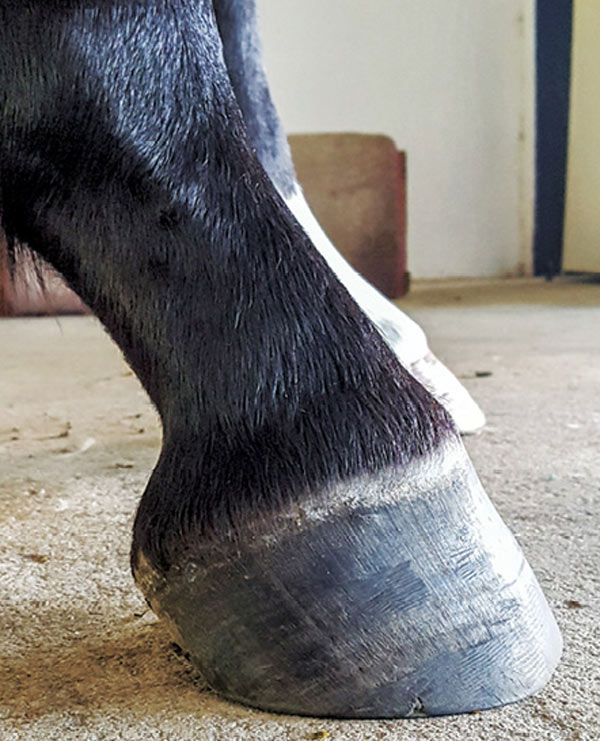
Club Foot Or Upright Foot It S All About The Angles

Defining And Fixing A Horse S Club Foot
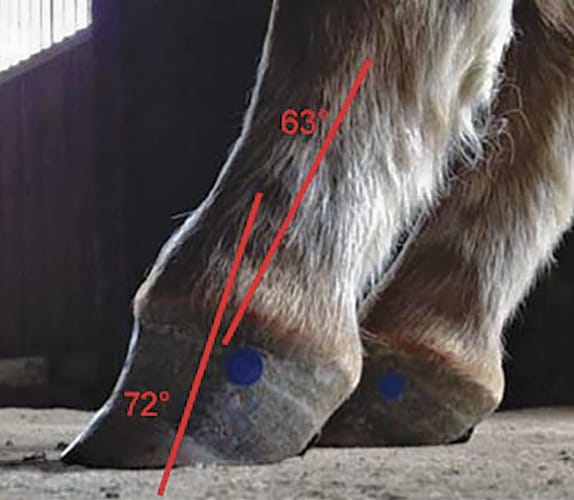
Defining And Fixing A Horse S Club Foot

Club Foot Horse Care Horses And Dogs Healthy Horses

Flexural Deformities In Horses Musculoskeletal System Merck Veterinary Manual
Club Foot In Horses Equine Chronicle
So Called Club Foot By James R Rooney Dmv
Club Foot In Horses Equine Chronicle

What Advice Has Been Most Helpful When You First Encounter A Club Foot
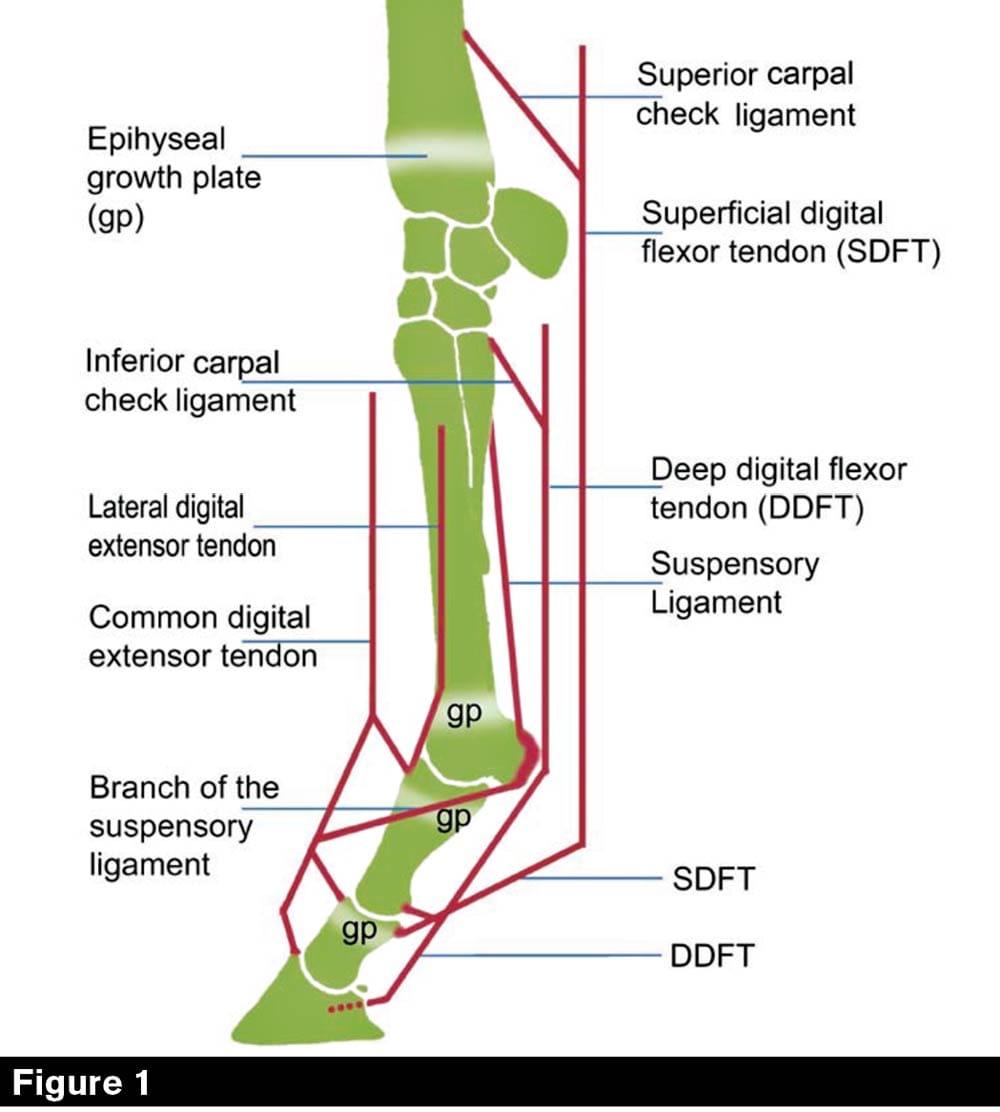
Defining And Fixing A Horse S Club Foot

Ballerina Syndrome Where The Heels Remain Off The Ground Even At The Download Scientific Diagram
